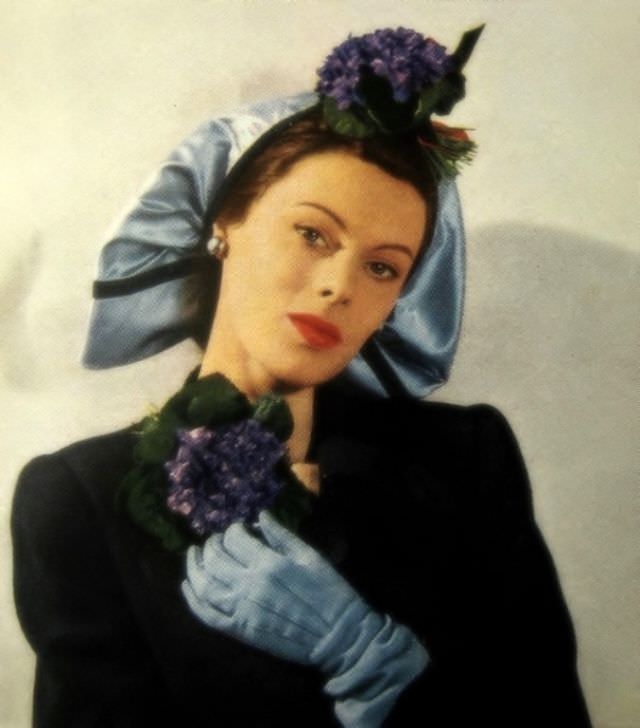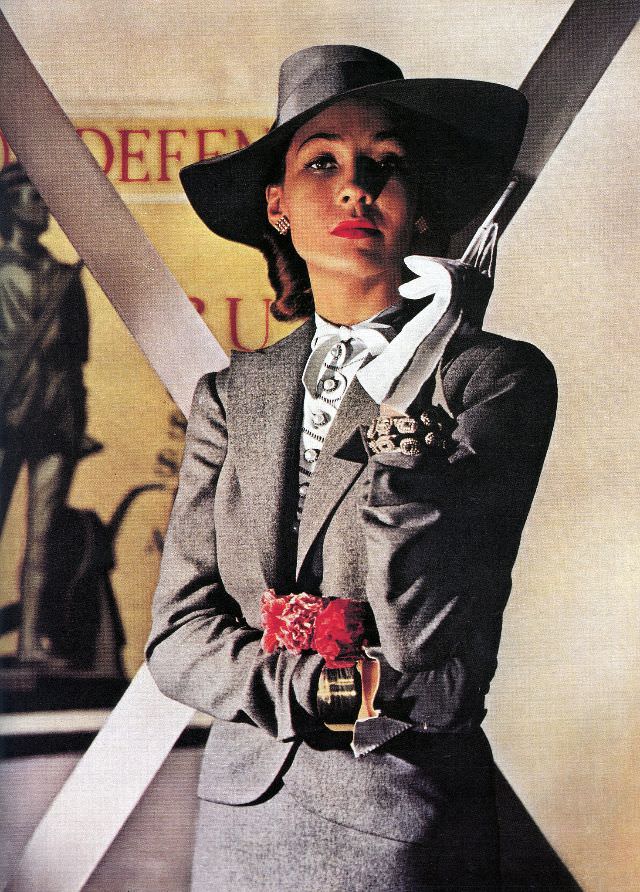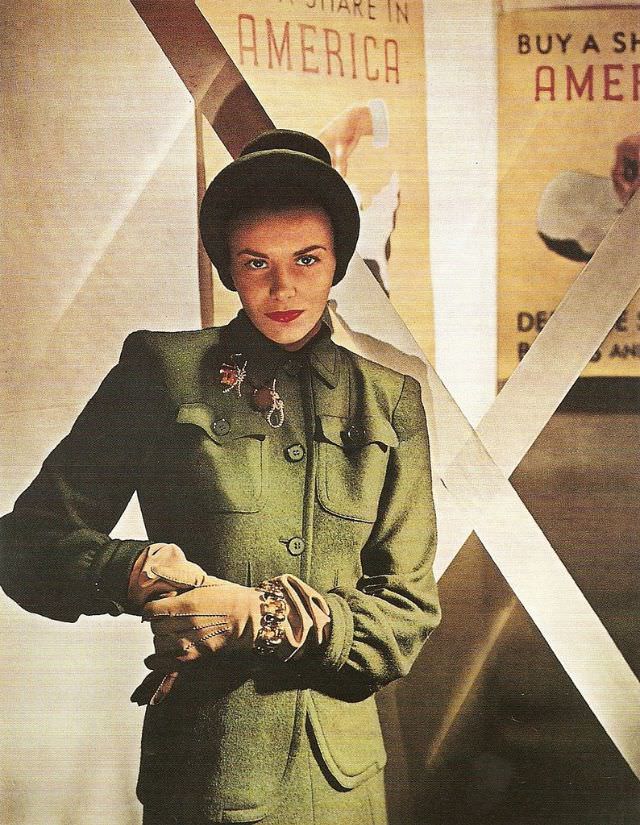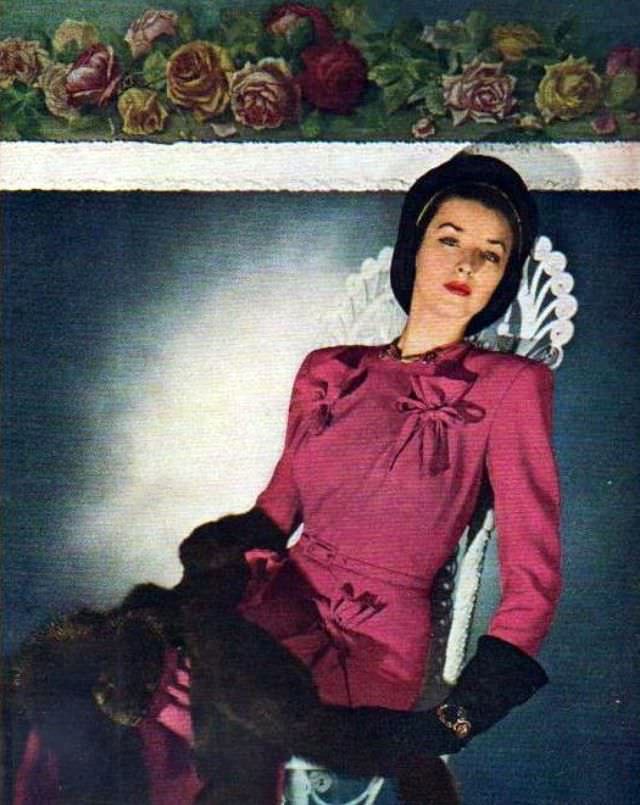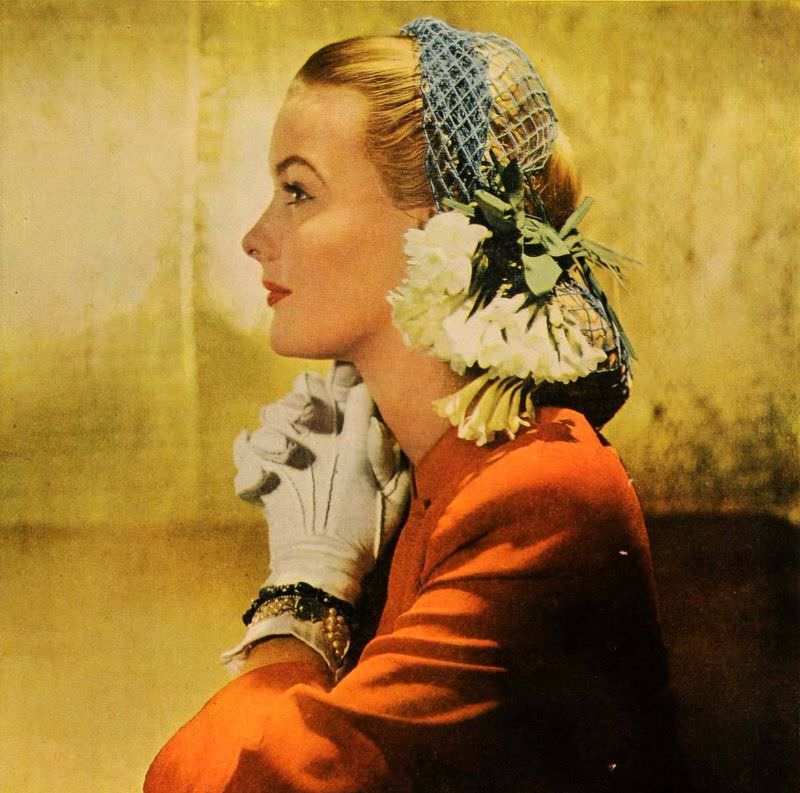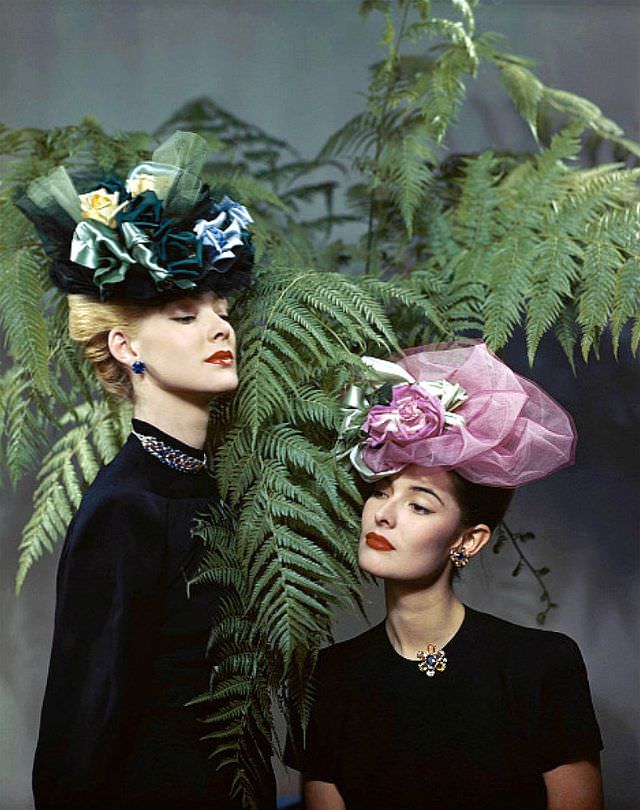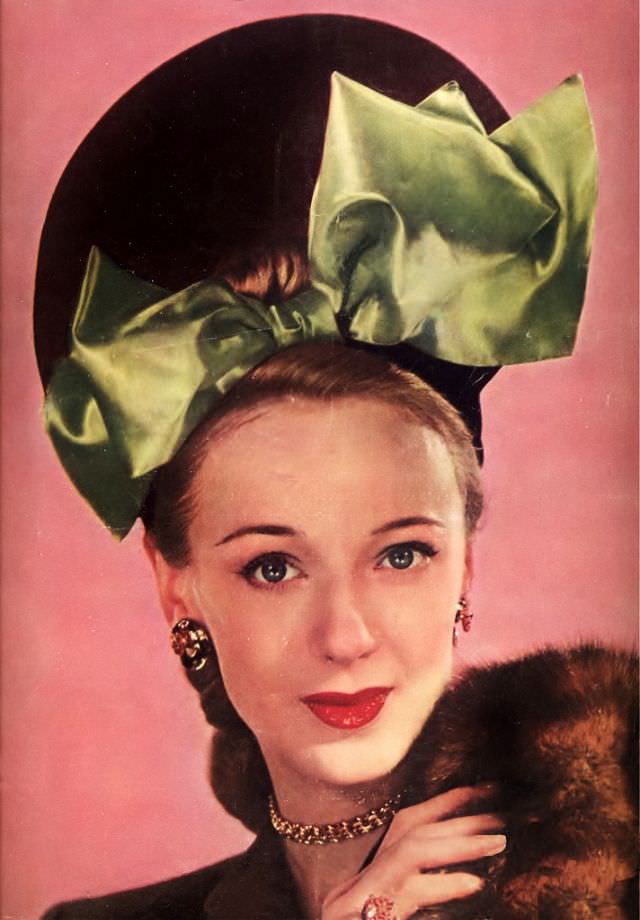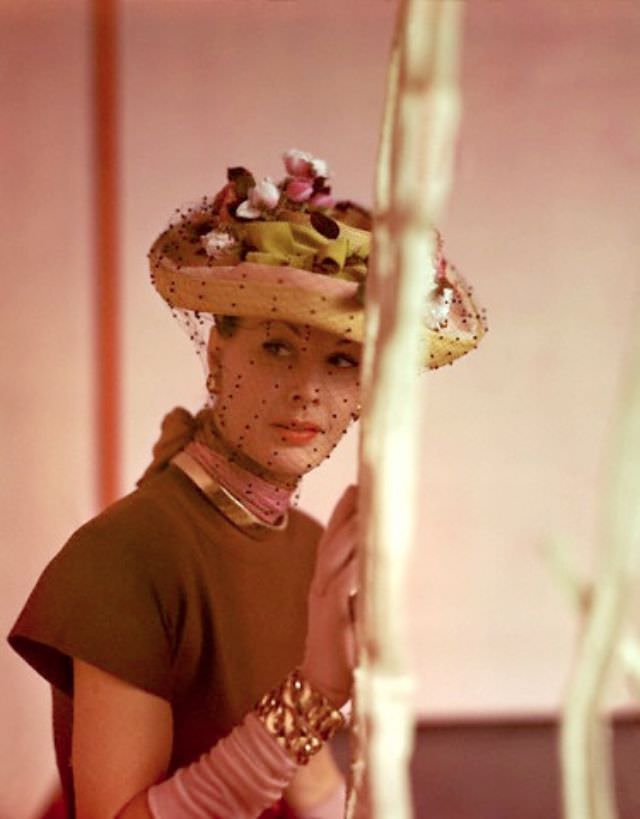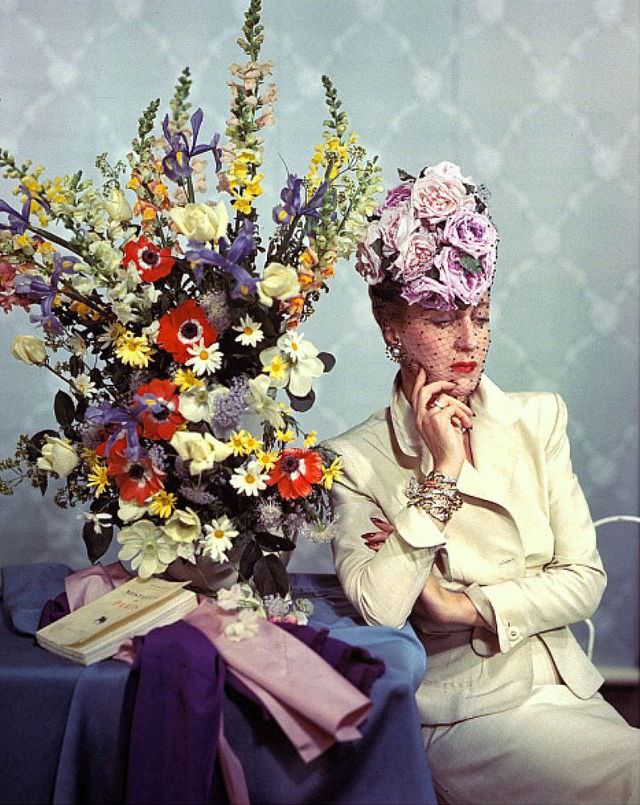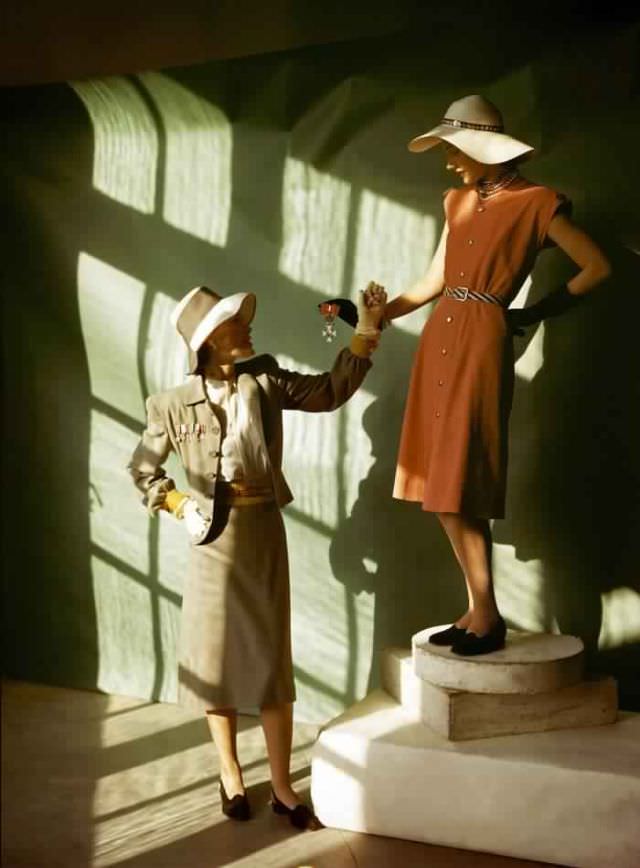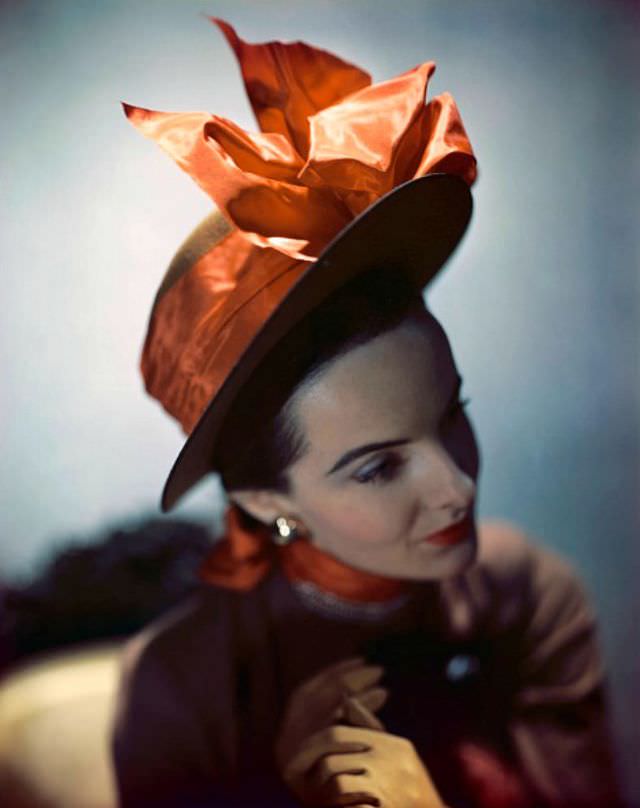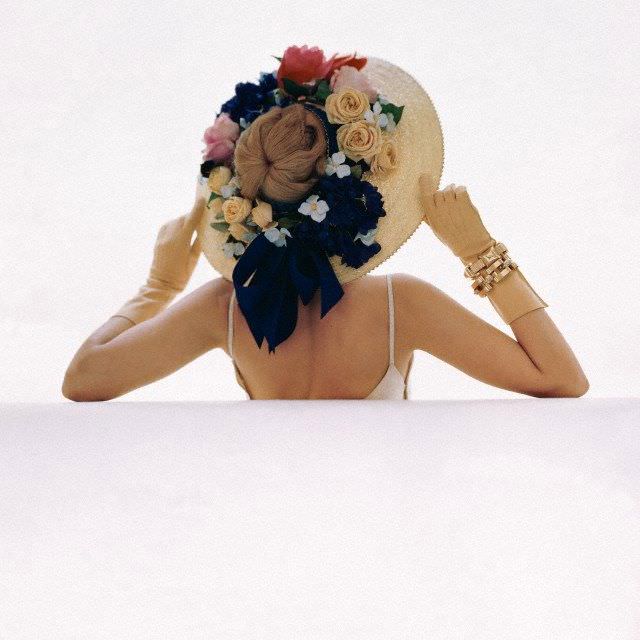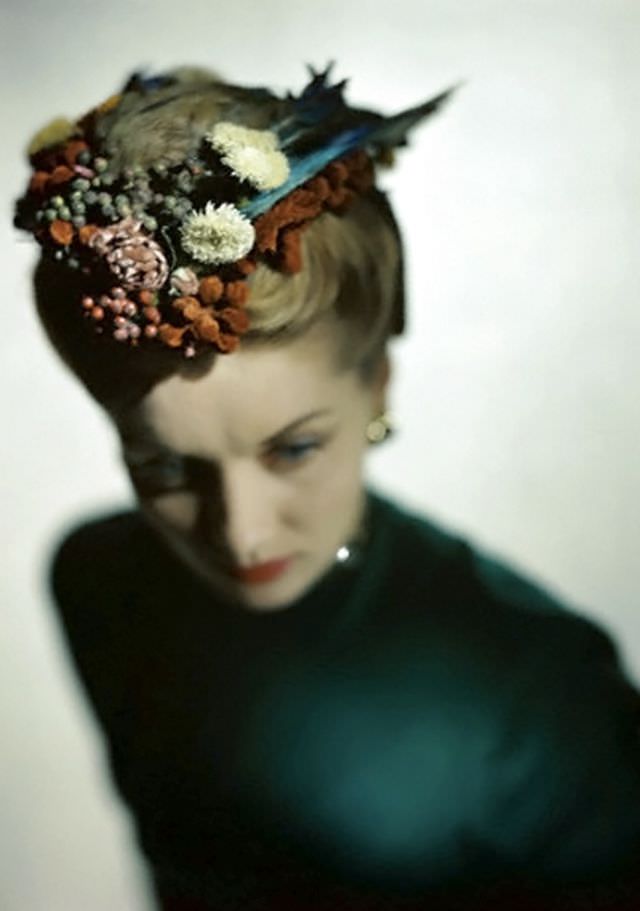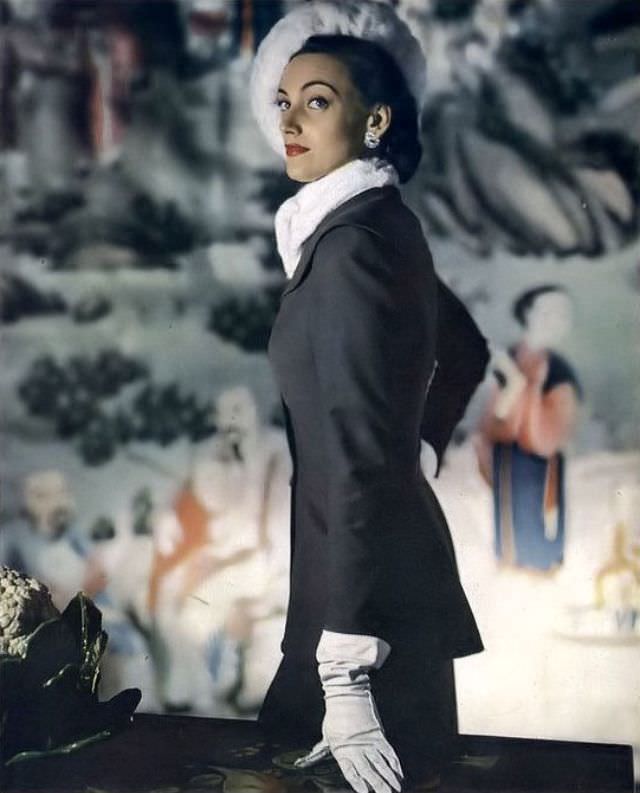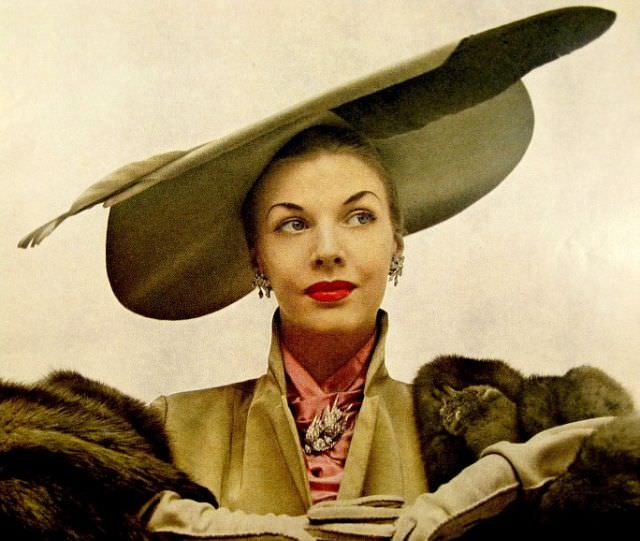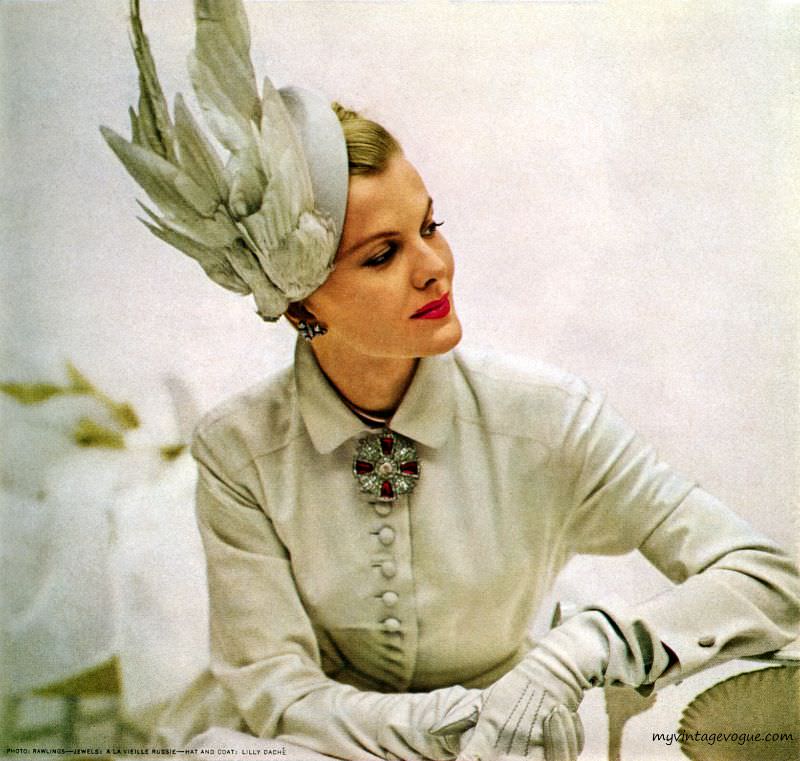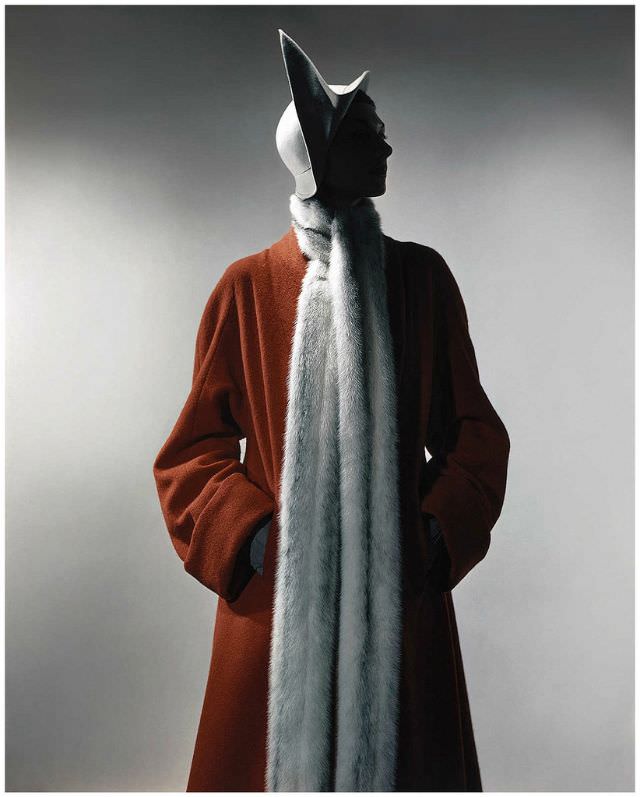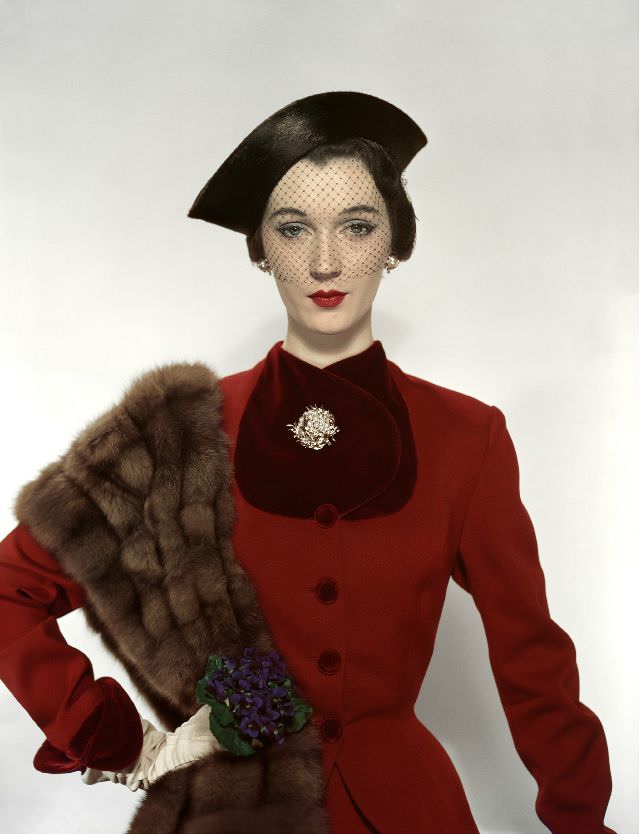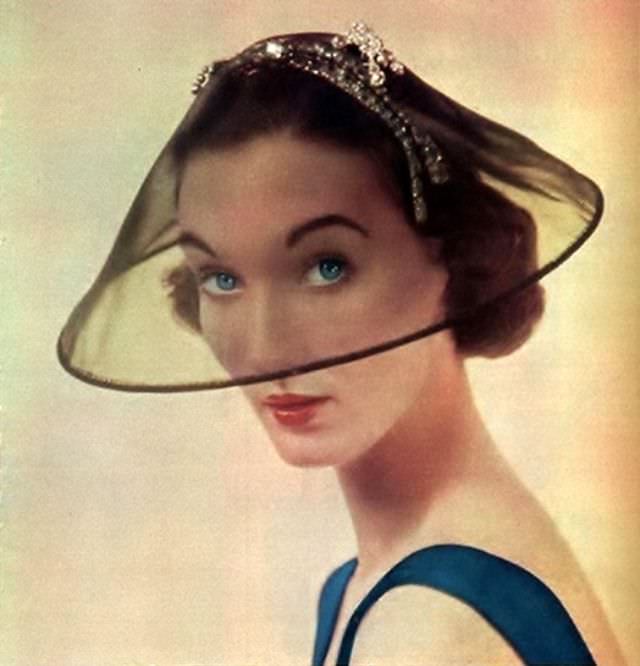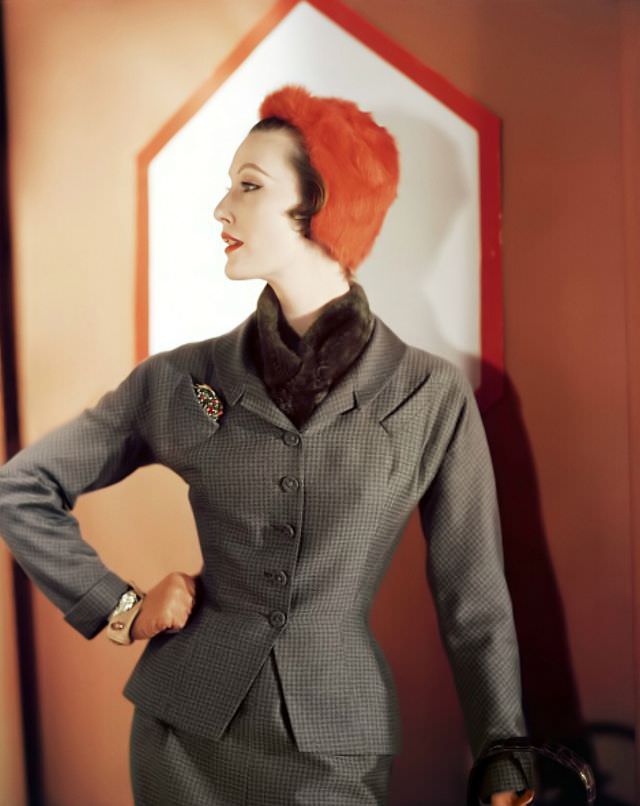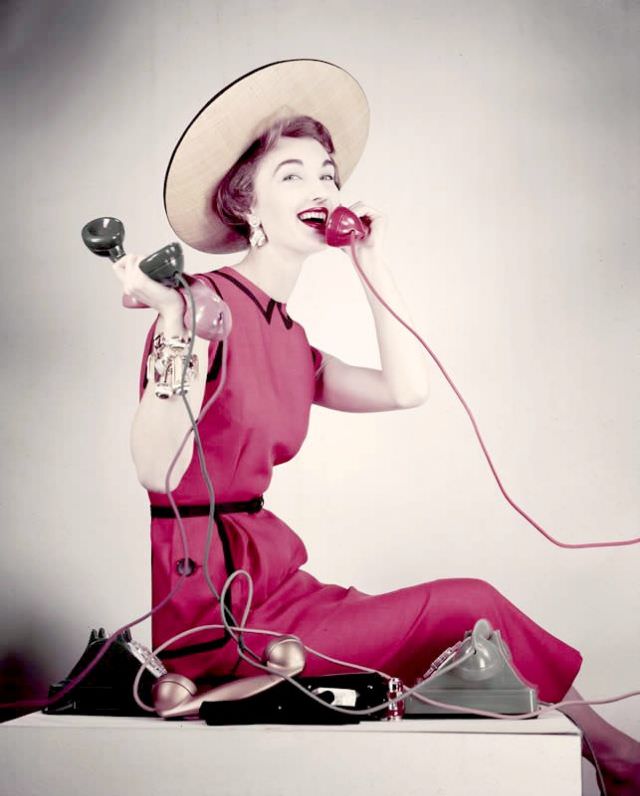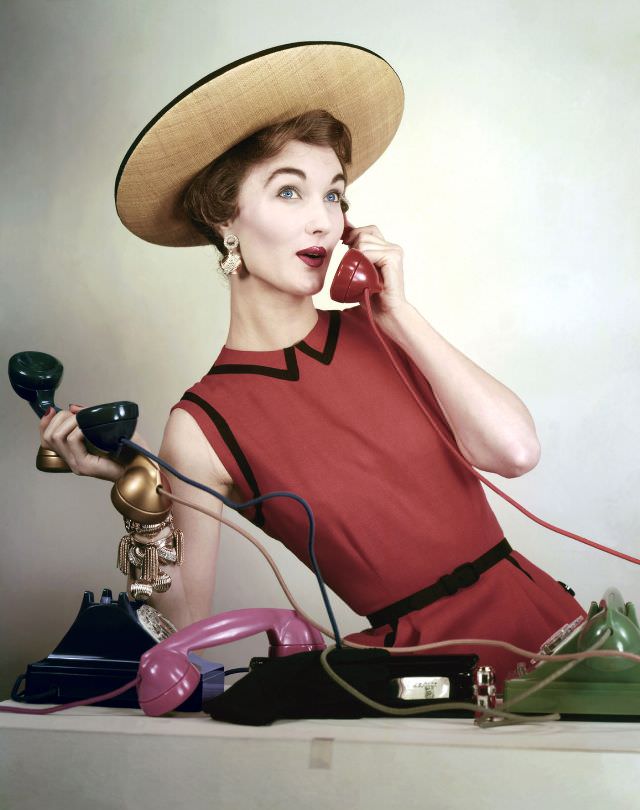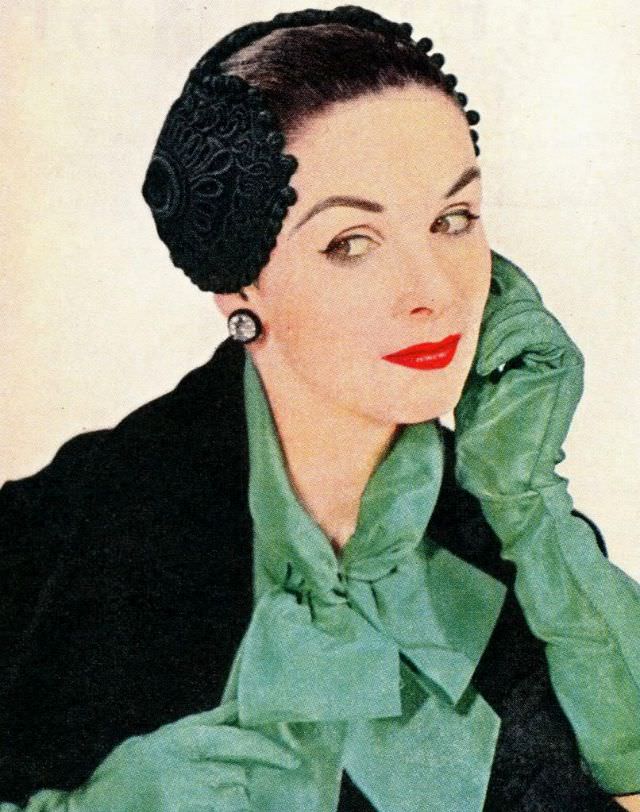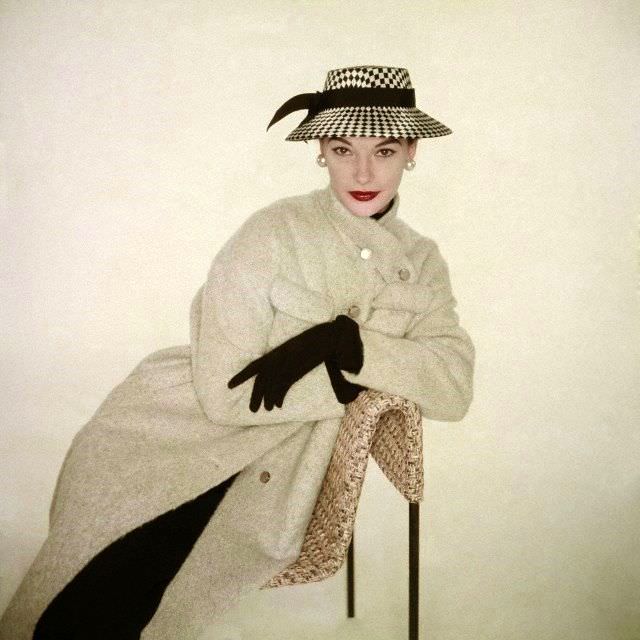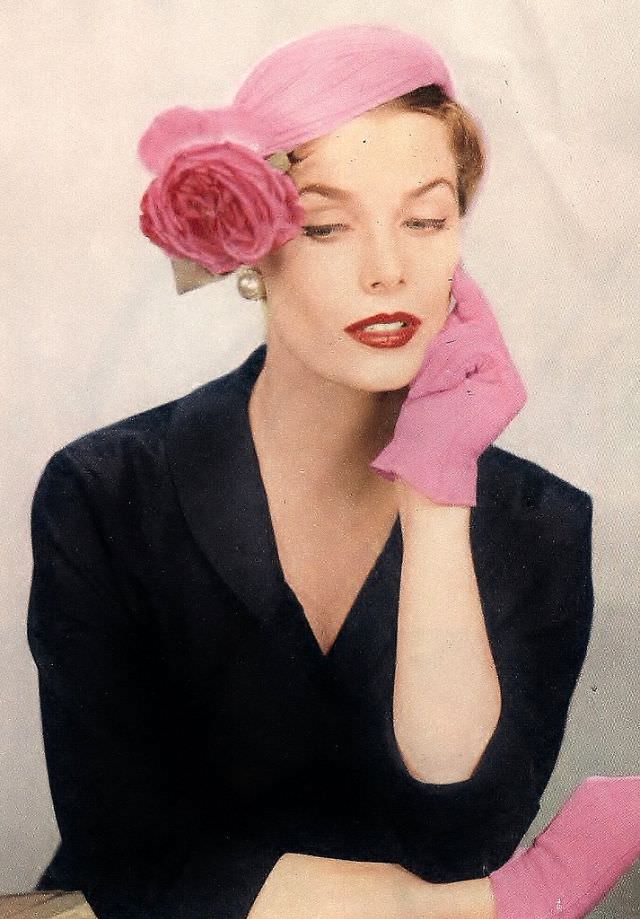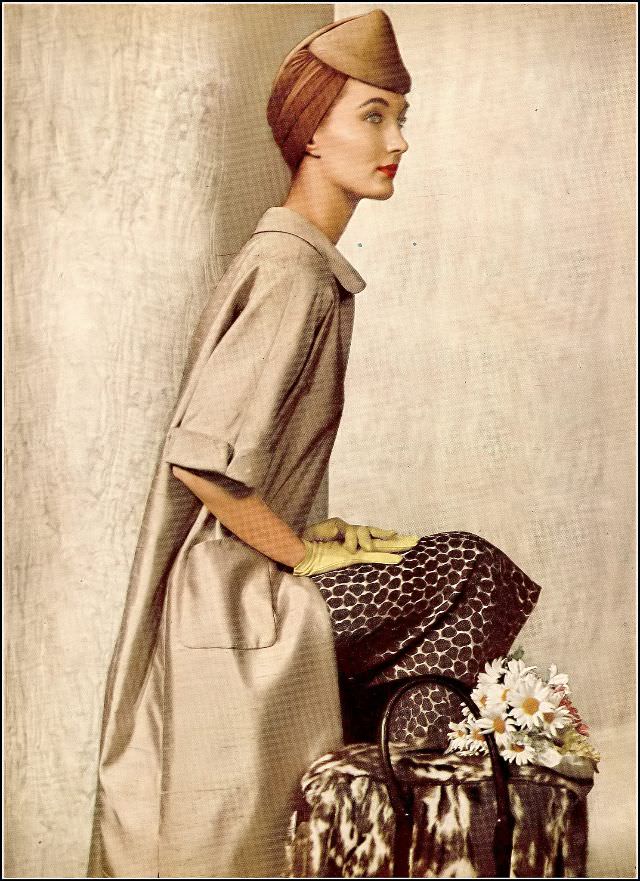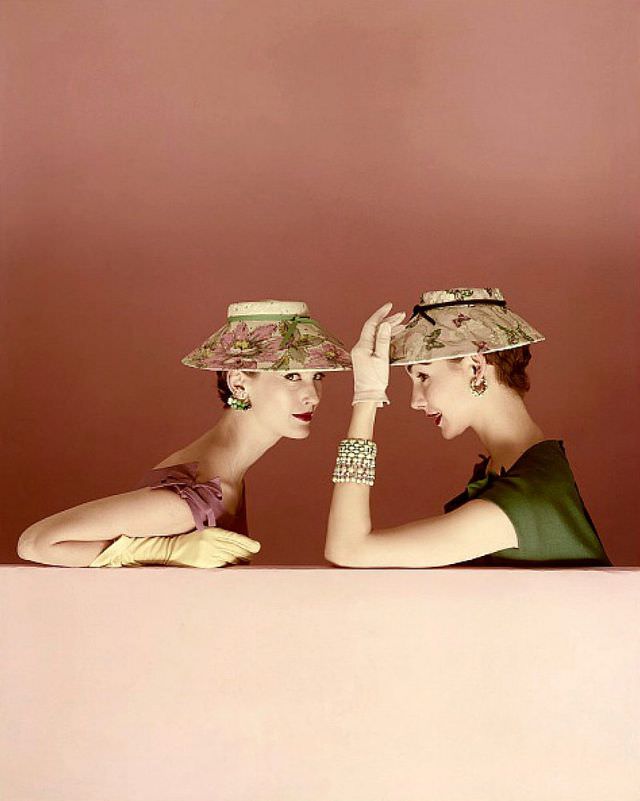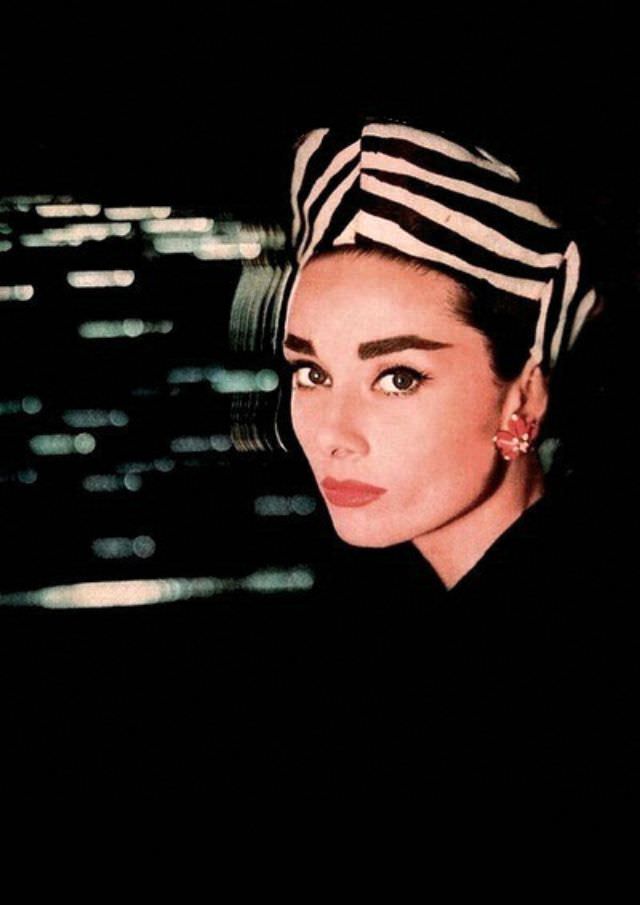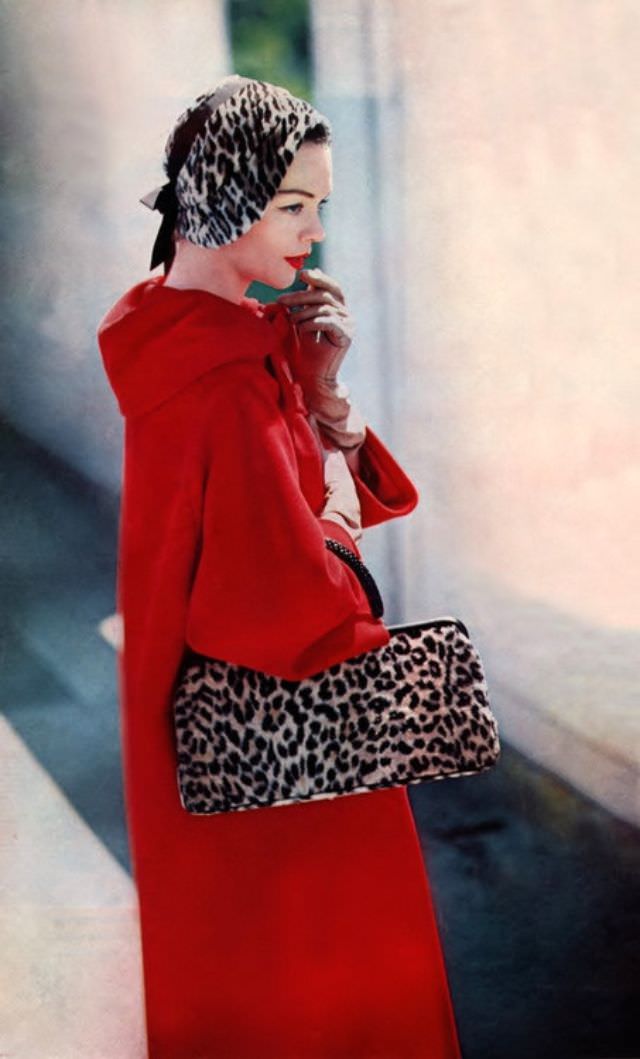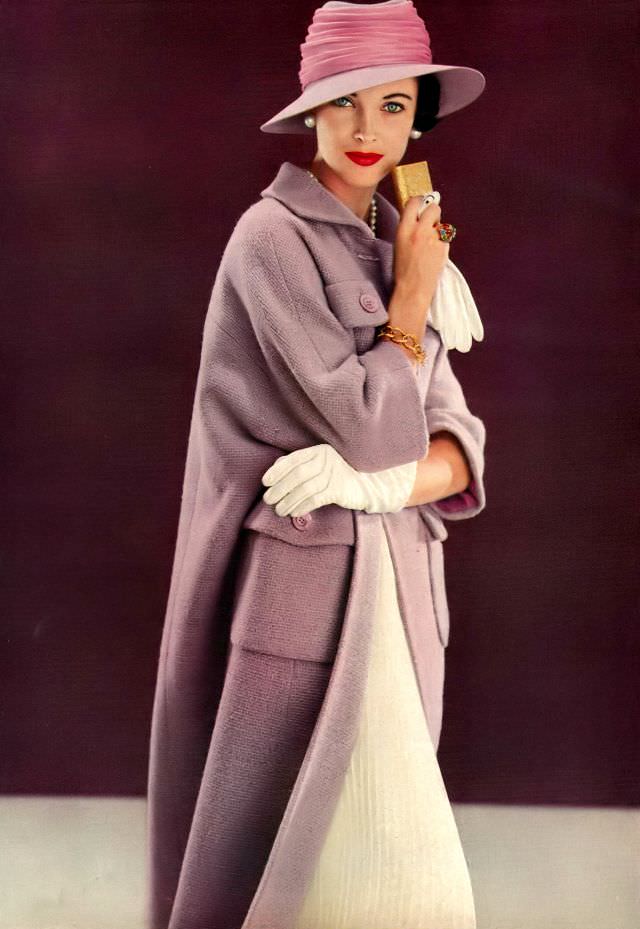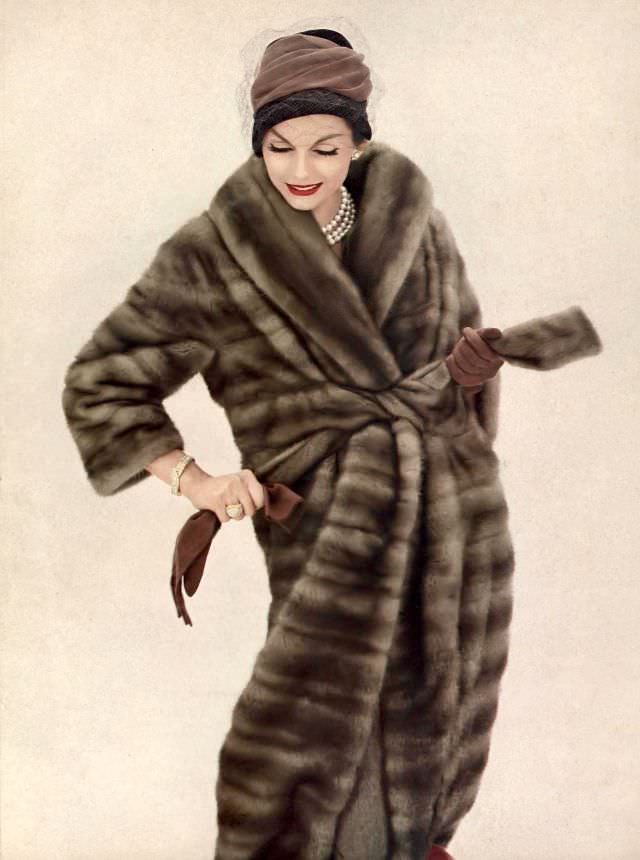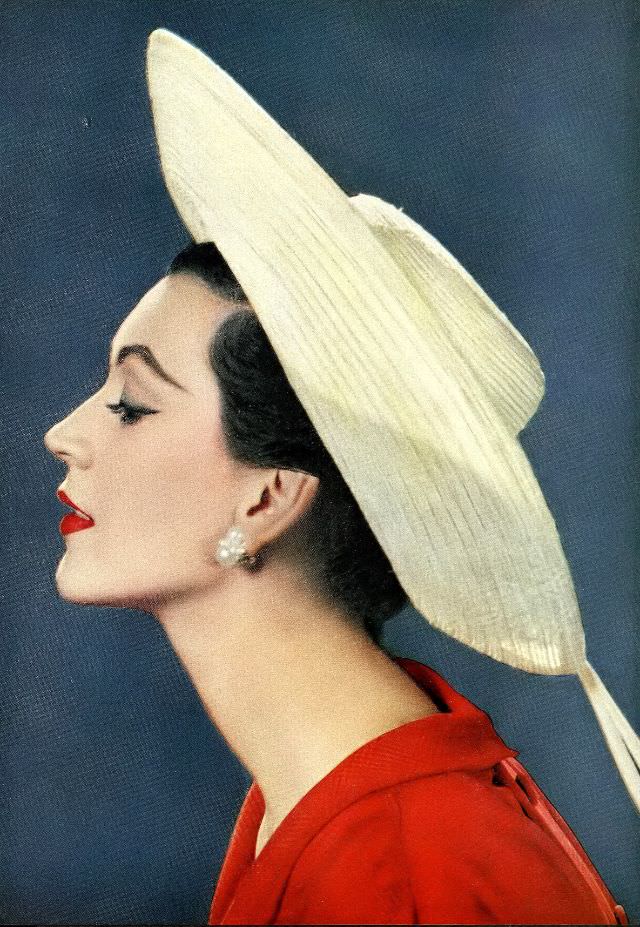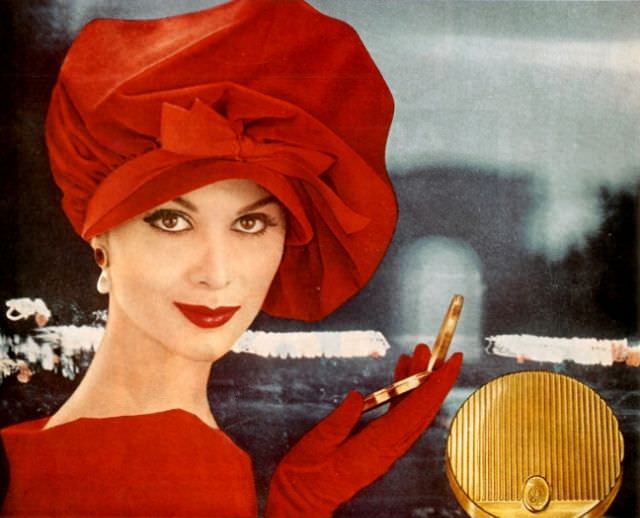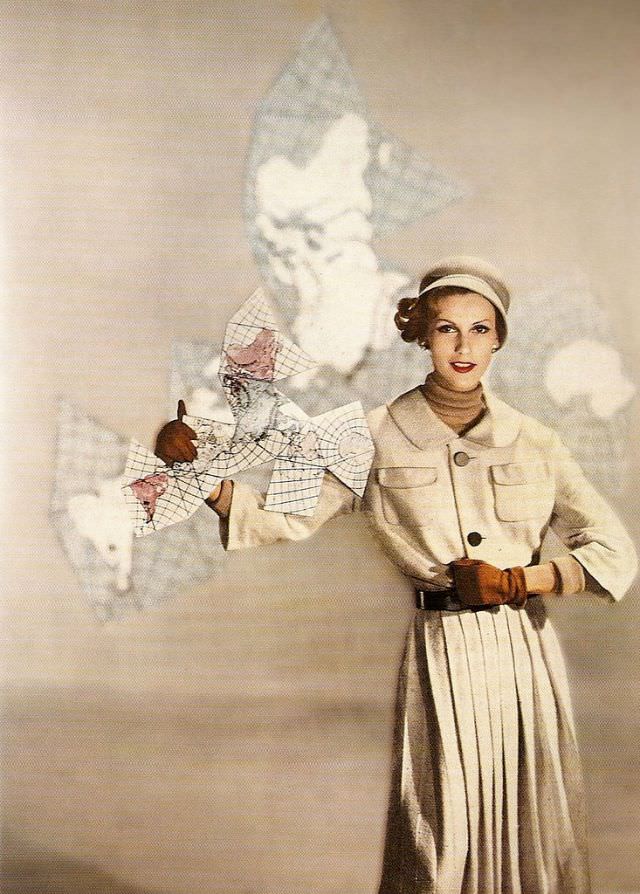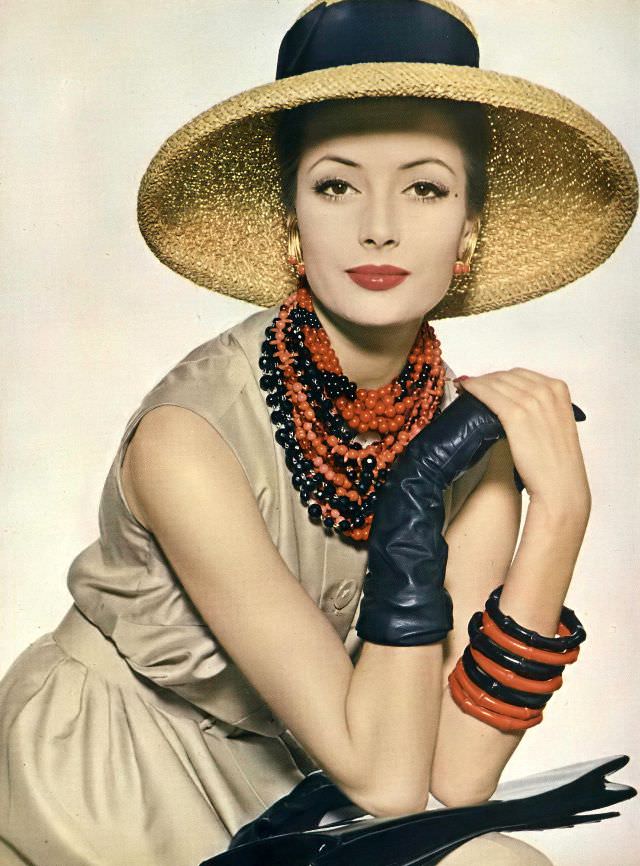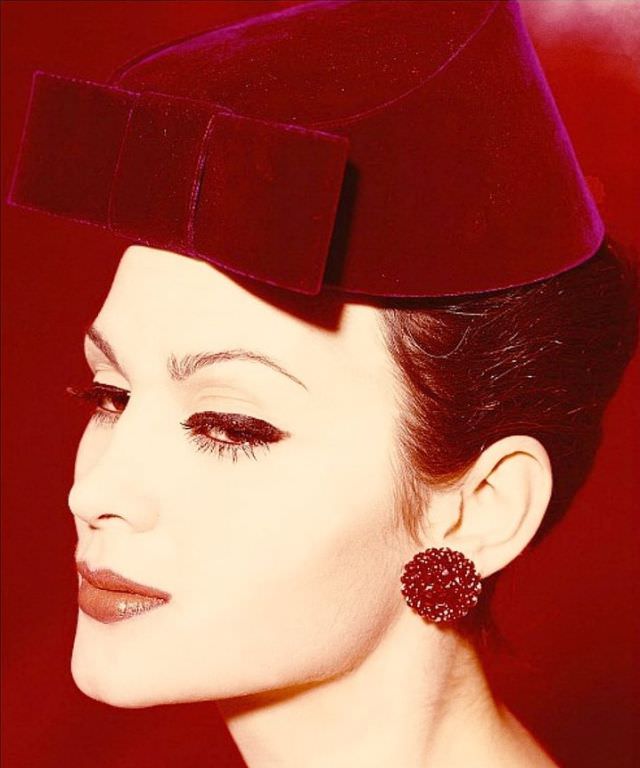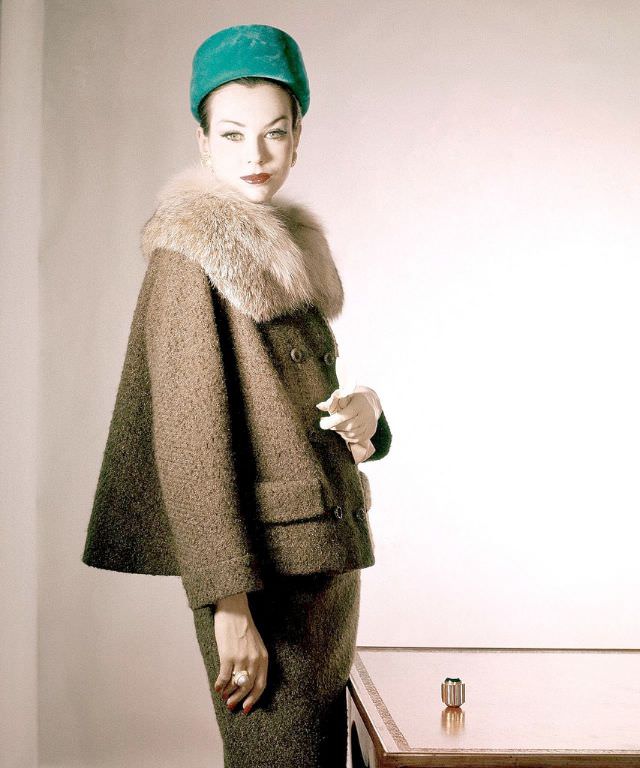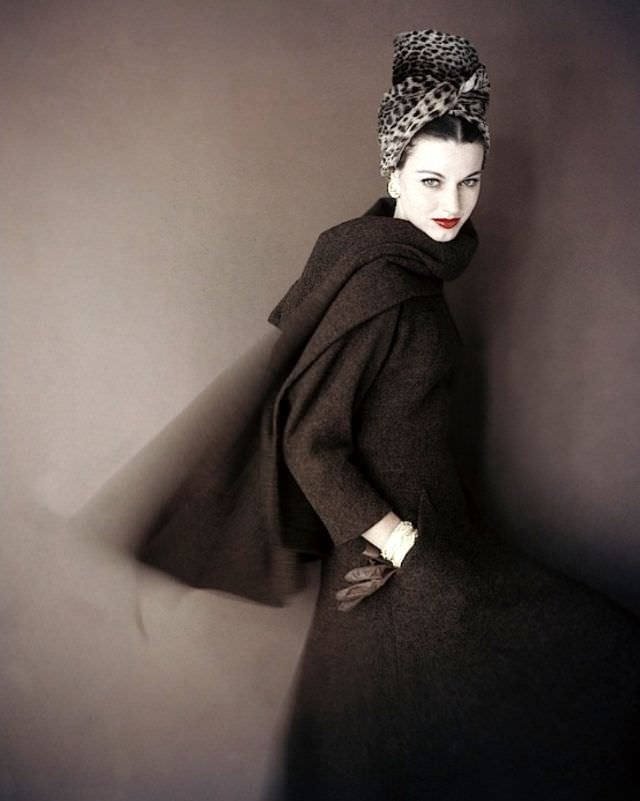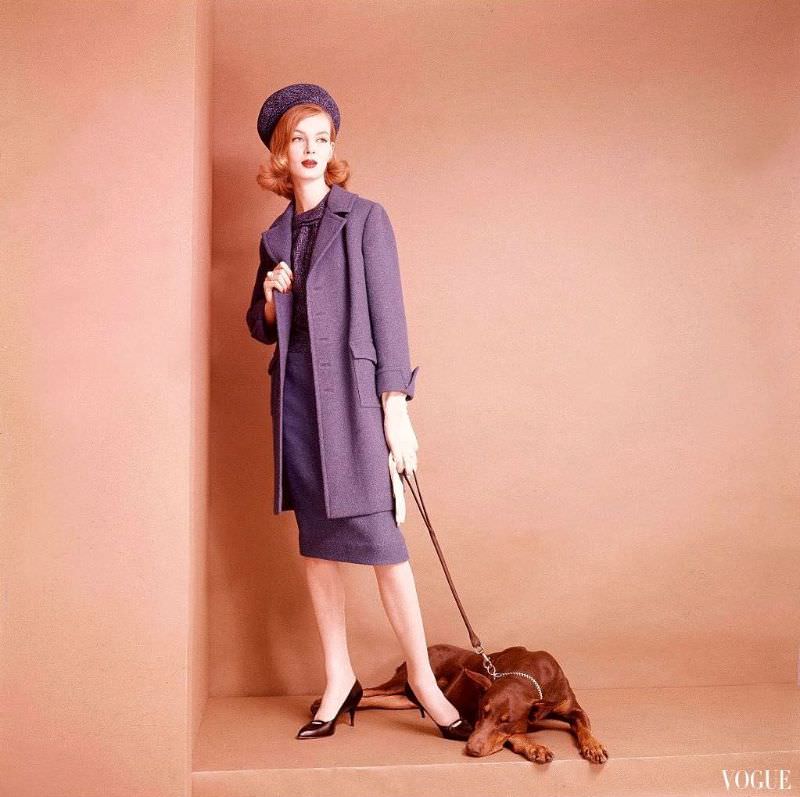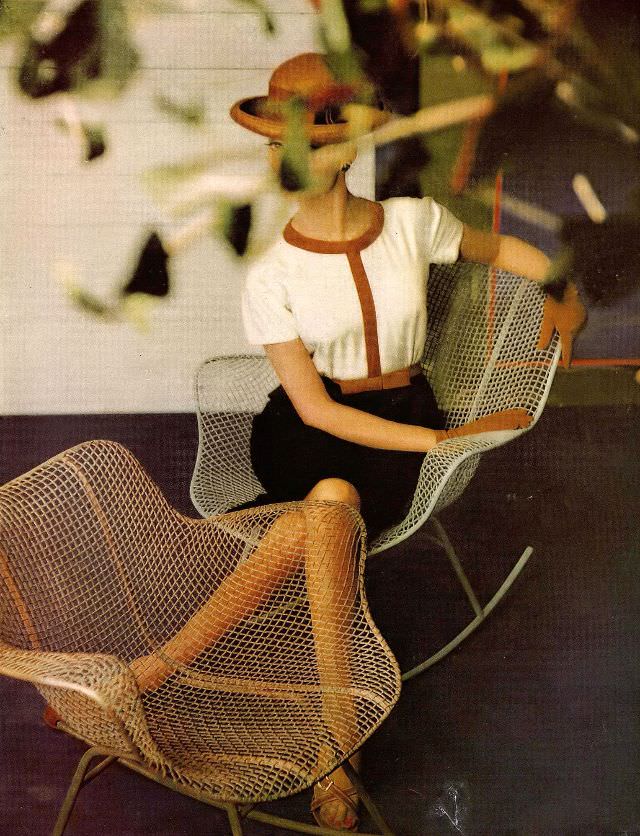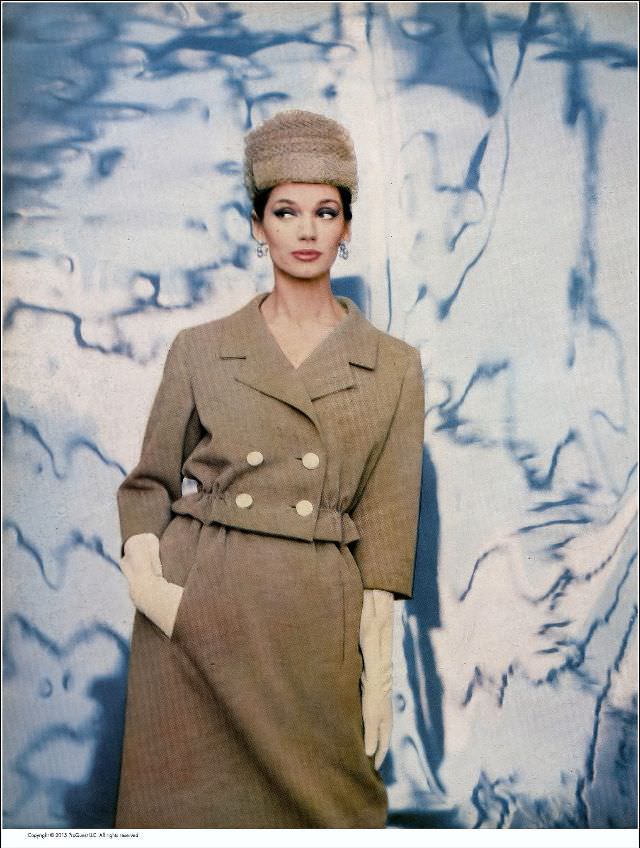Hats have been part of our culture, tradition, and fashion for centuries. In the past, they also represented social status. During the Victorian era, Taxidermy hats were very upper-classes. Dead mammals, birds, fish, and reptiles were used to design these taxidermy hats.
Hats have been changing over time, since their inception. As trends change all the time, fashion brands introduced many new designs to satisfy their consumers. The 1940s hats had a continuation of the 1930s famous styles and the addition of a diverse collection of new styles. New styles were introduced for the beret, turban, headscarf, and snood. They were heavily taxed and considered as a luxury item. Some materials were scarce, such as nylon in the midst of World War II. The government introduced clothes rationing to preserve resources for World War II troops. Some milliners turned to unusual decoration materials and recycling upholstery fabrics.
Some popular hat styles of the 1940s were snoods, flat boaters, upturn sailors, knit turbans, cartwheels, tricorns, toques, pompadours, doll’s hats, fedoras, bonnets, and bowlers. Some other styles introduced in the mid-1940s were chaplets or corvettes adorned with small flowers, ribbons, sequins, and partial veils. In 1941, the National Audubon Society and Feathers Industries of America banned the use of wild bird feathers in millinery. Instead, barnyard plumage was dyed and styled to look exotic. The most popular hat colors were Red, orange, pink, lime green, yellow, and patriotic red.
Here below are some fabulous photos of models wearing different hats designed by Lilly Daché from the 1940s and 1950s. She began her career as a milliner at the age of fifteen. Lilly Daché moved to New York City and opened her own hat shop. She was also well known for making her visored caps and cone-tipped berets for women working in factories. Daché also designed hats for Hollywood films and had many clients who were movie-stars. They included Marlene Dietrich, Caroline Lombard, and Loretta Young. When she retired in 1968, Loretta Young bought her last thirty hats.


